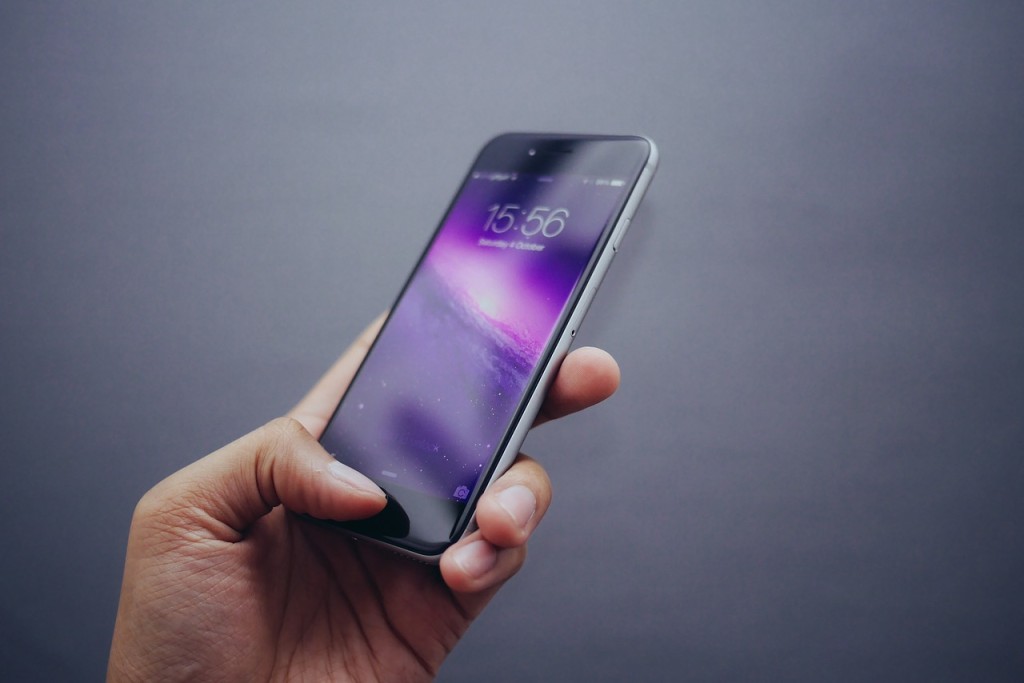How to Use The Coolest New Feature in iOS 12: Screen Time
With this week’s release of iOS 12, you’ll find a completely new set of features designed to help you be more aware of the time you spend using your iPhone or iPad and what apps and activities you spend that time on.
It’s called Screen Time, and in addition to giving you data about your device usage, it also includes tools to help you limit the amount of time you spend staring at your screen so you can work or concentrate on other things. This is also a great tool for parents who want to limit and manage their kids’ device usage.
LinkedIn Learning Instructor Garrick Chow explains how to use Screen Time, a new feature in iOS 12.
How to Check Out Your Usage Stats with Screen Time
The first cool feature in Screen Time – see how you and your family is using your phone.
To do this, start by going to Settings, and here you’ll find the new Screen Time settings. The first time you do this, you’ll see a button to turn on Screen Time, and you’ll also be asked if you’re setting it up for yourself or for a child.
For this example, let’s say you’re setting it up on your own device to monitor your personal usage, but we’ll also look at how to enable this for a kid’s device shortly.
At the top of the Screen Time settings, you’ll see your device’s name, as well as any other devices on which you’re logged into the same iCloud account. This lets you see the screen time data for all your devices and not just the one you’re currently using.
Tap the device’s name to bring up a screen where you can see your usage statistics for the current day and for the last seven days, organized into categories. Hold down on any of the bars in the chart to see exactly how much time was spent on each activity.
Below that you’ll find a list of the apps you’ve spent the most time using in the given time period.
Scroll further down to see data on how often you pick up your device, and which apps have sent you the most notifications over the day or week. This can give you useful insight on which apps demand the most time from you.
How to Schedule Downtime with Screen Time
After examining your usage data, if you’re feeling like you pick up your phone a lot, or that you’re spending too much time with certain apps, you can take advantage of some of the Screen Time tools back on the main Screen Time settings screen.
The first setting is Downtime. When this is enabled, you can set a schedule where apps will be disabled except for any ones you specifically choose to keep active. Your Downtime schedule will apply to every device you’re signed into with your iCloud account, so you don’t have to set this up more than once on multiple devices.
Once you’ve enabled Downtime, go back to the main Screen Time settings, then into the Always Allowed area. This is where you can choose which apps will always be enabled even during downtime.
For example, the phone is always enabled, and Messages is listed here by default as well. You might also want to add other messaging apps you often use like FaceTime or Mail. Just scroll through the list under Choose Apps and select the ones you want to be able to continue using during Downtime.
During the part of the day in which you’ve scheduled Downtime, that apps you haven’t added to the Always Allowed area will have their icons greyed-out and an hourglass icon will appear next to their names. Tapping one of these apps displays a message letting you know that you’ve reached the Time Limit for this app.
Bear in mind that Downtime is mostly about helping you limit your screen time using your own self-control. If you really want or need to use an app during Downtime, you can tap Ignore Limit, which lets you use the app and gives you the options to get a reminder about Downtime in 15 minutes, or you can ignore the limit for the rest of the day.
And while this ability to bypass your Downtime settings is probably okay when it comes to managing your own time, it’s a little too easy a workaround if you’re setting up Screen Time for a kid’s device.
How to Lock the Screen Time Settings
On the main Screen Time settings screen, you’ll find the ability to add a Screen Time passcode, which will be required anytime you want to make changes to any Screen Time settings. With the passcode enabled, you can return to Downtime settings and turn on the Block at Downtime switch.
Then, during the hours of Downtime, your kid won’t be able to tap on greyed-out apps to ignore their limits. Instead, tapping on one of those apps will ask for the Screen Time passcode to allow more time.
Incidentally, if you’ve setup Family Sharing through your iCloud account, you’ll be able to manage your kids’ Screen Time settings from your own iPhone or iPad, eliminating the need to get your hands on their devices.
Want to learn all the new features of iOS 12? Check out my new course, iOS 12 New Features.
In it I cover new features like:
Topics: Productivity tips
Related articles




